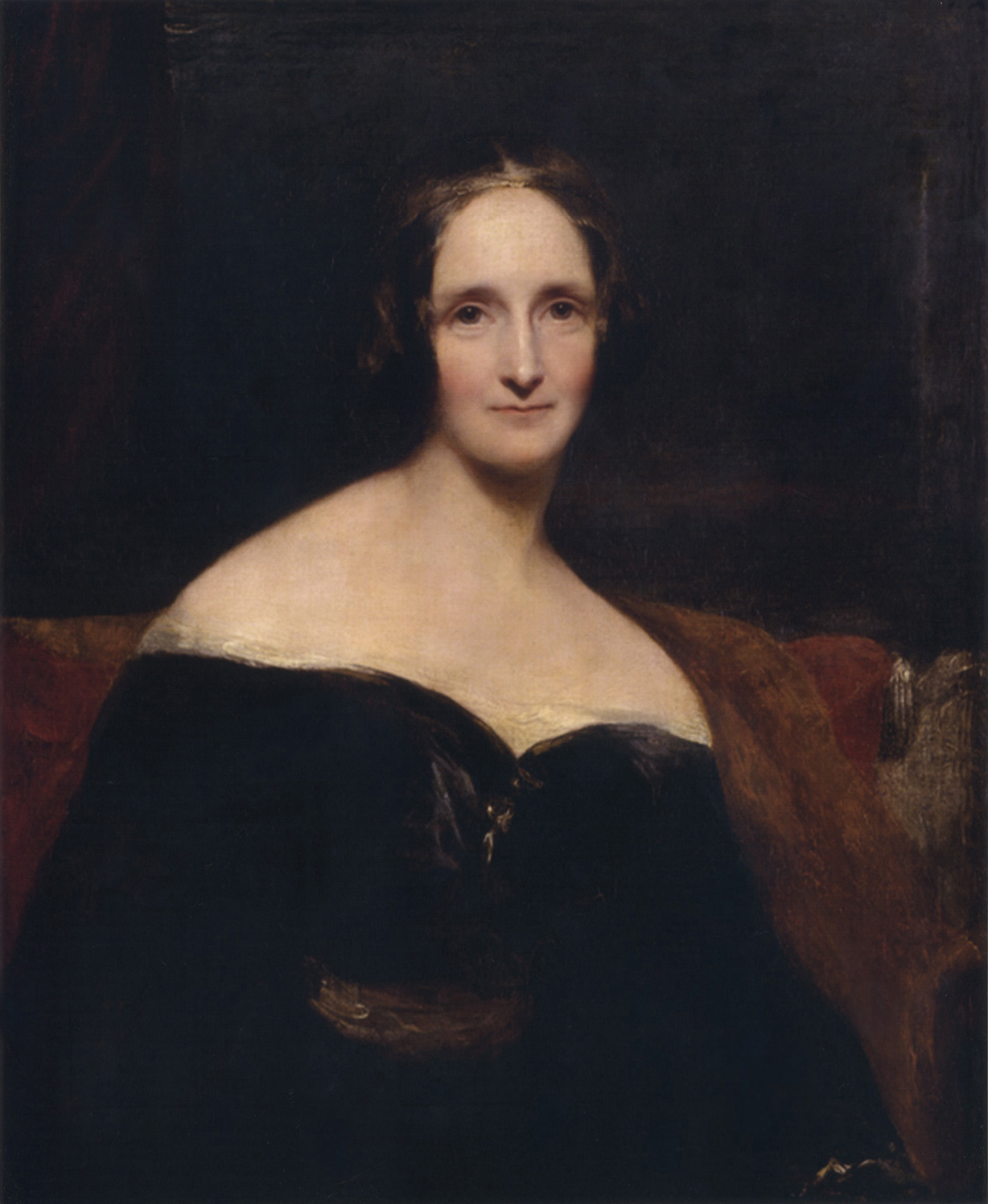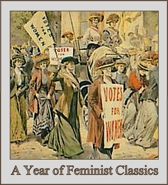 |
| Mary Shelley, via |
Reviewed by Susanna
Published: 1826
It's about: The year is 2096. In the past few decades, England has retired the monarchy in favor of a republican government, Greece has reconquered Constantinople, and men have begun to travel long distances by hot air balloon. Now, however, plague ravages the globe, upending law and order, breaking down social barriers, and giving rise to a deadly messianic cult.
The end of the world is observed by Lionel Verney, an English historian who, by accident of fortune, is both immune to the plague and uniquely placed to document its progress. Verney's account begins as an autobiography: he spends the first third of the novel relating his and his sister Perdita's impoverished youth as orphans in the rugged countryside, his eventual friendship with the former Crown Prince of England, Adrian Windsor (who paradoxically cherishes republican beliefs); his courtship of Adrian's vivacious sister Idris; and Perdita's marriage to the brooding, tempestuous Lord Raymond.
The pastoral romance of the first third takes an abrupt, Gothic turn when a seemingly-abandoned ship drifts into an English harbor. Its lone surviving crew member lives only long enough to spread a deadly, voracious contagion to London. As England's population rapidly dies off, Adrian attempts to stave off chaos and lead the few survivors to safety across the English Channel, only to encounter warfare, accident, and further sickness.
I thought: Mary Shelley is better known for Frankenstein, but The Last Man is her lost masterpiece. At the time of its publication in 1826, the possibility of humanity's extinction was considered grotesque and almost offensive. Consequently, the novel languished in obscurity for over a century. It was only after the possibility of a nuclear holocaust was realized in the mid-twentieth century that critics began to revisit The Last Man and recognize its innovative and prescient nature. Specifically, Shelley is the first major writer to treat the theme of apocalypse as a primarily secular, scientific event, and to thoroughly explore is social repercussions. Novels like The Walking Dead and The Road, which prominently feature dwindling bands of survivors attempting to preserve some semblance of morality and civilization in the face of a dubious future, can claim The Last Man in their literary ancestry.
Nevertheless, The Last Man is a highly unique work that differs significantly from its modern descendants. Unlike the emotionally spartan works of fellow post-apocalyptic writers Cormac McCarthy, George Orwell, and Ray Bradbury; Shelley is an unabashedly emotive writer. She ably demonstrates her place in the pantheon of Romantic writers with numerous, rapturously beautiful descriptions of pastoral abundance and rugged wilderness. She is also adept at turning debates on moral philosophy between her characters into riveting, poetic exploration of psychology. These two qualities are united in Shelley's exploration of the psychological differences between Raymond who believes that
Our virtues are the quick-sands, which shew themselves at calm and low water; but let the waves arise and the winds buffet them, and the poor devil whose hope was in their durability finds them sink from under him.While Adrian muses that
The choice is with us; let us will it, and our habitation becomes a paradise. For the will of man is omnipotent, blunting the arrows of death, soothing the bed of disease, and wiping away the tears of agony.Shelley's skill at crafting elaborate Gothic thrills only fully comes to the fore in the latter two thirds of the novel, as she expertly conjures up bizarre and unsettling images, increasing their intensity and frequency as the horrors of the plague ramp up. They foreshadow social chaos by disturbing the orderly progress of natural events. As the survivors cross the English Channel
three other suns, alike burning and brilliant, rushed from various quarters of the heavens toward the great orb; they whirled round it. The glare of light was intense to our dazzled eyes; the sun itself seemed to join in the dance, while the sea burned like a furnace, like all Vesuvius alight, with flowing lava beneath.Her ability to seamlessly combine political commentary, horror, romance, and nature writing makes for a unique, complex reading experience that readers return to repeatedly. Fans of Wuthering Heights, The Road, and Edgar Allan Poe should make this lost classic a priority.
Verdict: Stick it on the shelf!
Reading Recommendations: The Wordsworth Classics edition has an engaging introduction and notes by Pamela Bickley and the Wikipedia entry contains a detailed plot summary and character list.
Warnings: None.
Favorite excerpts:
There were few books that we dared read; few, that did not cruelly deface the painting we bestowed on our solitude, by recalling combinations and emotions never more to be experienced by us. Metaphysical disquisitions; fiction, which wandering from all reality, lost itself in self-created errors; poets of times so far gone by, that to read of them was as to read of Atlantis and Utopia....What I'm reading next: Angle of Repose






